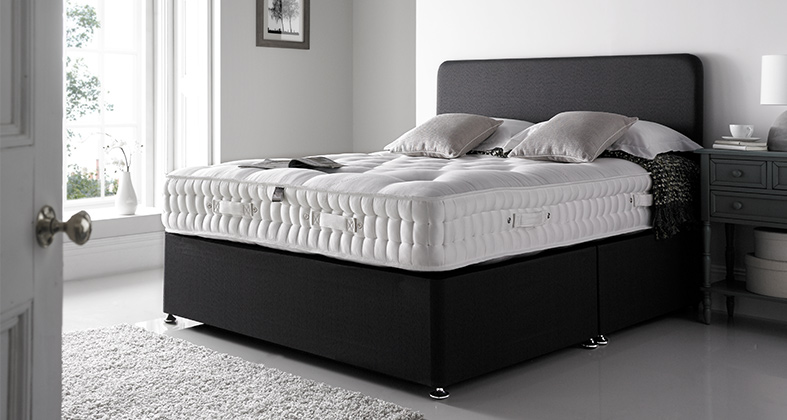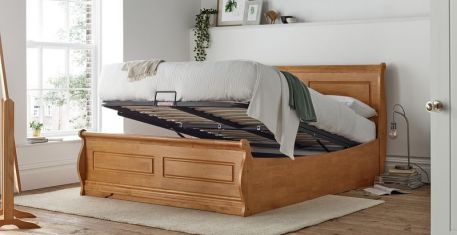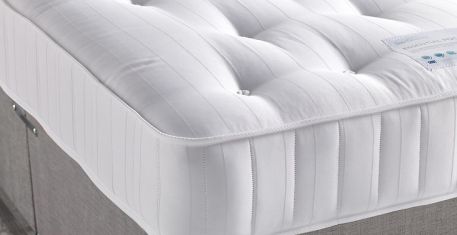
Mattresses are expensive because they last for a long time and can contain a large amount of expensive materials, such as memory foam, pocket springs or latex. Additional features, such as border trimmings, can also add to the price.
There are reasons behind the costs involved with buying a mattress though, and you'll find everything explained below.
How much do I need to spend to get a good mattress?
While there's no cost that we can use as a definitive marker for a good or bad mattress, there are a few indicators that we can take into account.
Mattress prices generally rise depending on how durable the product is and how long its lifespan will be, although the materials used and the particular variety of mattress itself – memory foam or pocket spring, for example – can have cost impacts.
Good mattresses can be purchased for between £400 and £600, while excellent-quality mattresses will usually cost between £600 upwards. A £1000 mattress that lasts for eight years will cost the owner 34p per night, or 17p if used by a couple, but considering that we spend, on average, around a third of our days asleep, that is a rather fair price for such an integral piece of furniture!
How long will a mattress last?
Most mattresses will last around eight years before they begin to degrade - but this will depend (to some degree) on the weight and sleeping patterns of the user. If the model costs between £150 and £200 then it will likely last less time – around three to five years. Mattresses priced over £600 will likely last between eight and ten years.
The user's body weight, the product's specifications, and how regularly the mattress is used all also impact the product during its lifetime.
What other factors influence the cost of a mattress?
As a general rule of thumb, sprung mattresses are the least expensive, followed by pocket sprung, memory foam, and latex mattresses. The density and variety of filler materials used in the product will also impact the price, with denser, all-natural materials costing more.
The amount and type of fabric used in a mattress can also impact selling prices – as much as £100 in some cases. Man-made fibres are usually less expensive, while natural fibres cost more.
The border of a mattress can also increase costs for customers, with hand-side stitched borders being more expensive than quilted or machine stitched borders. The kind of border you opt for can easily impact prices by up to £100.
Mattresses are one of the most important items in the home and cost accordingly - but given that it's one of the most-used items in the home, it's important that you invest in the right one for you.



